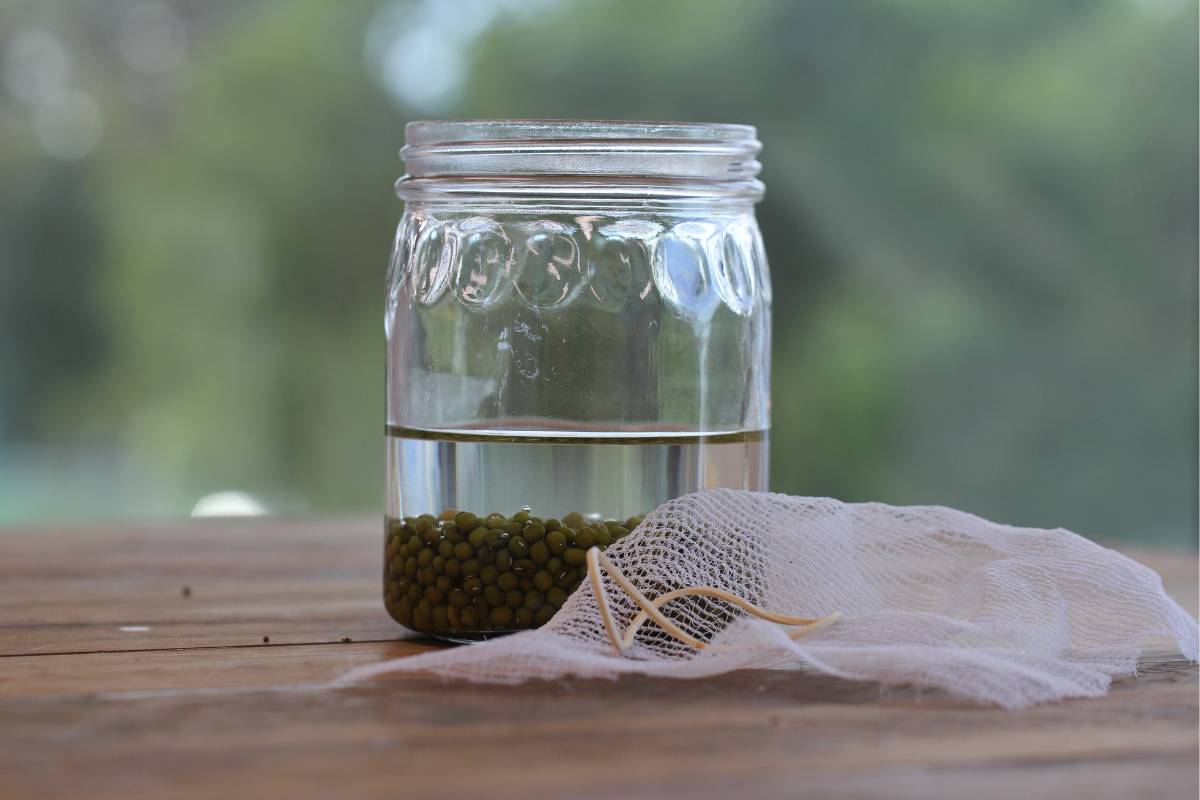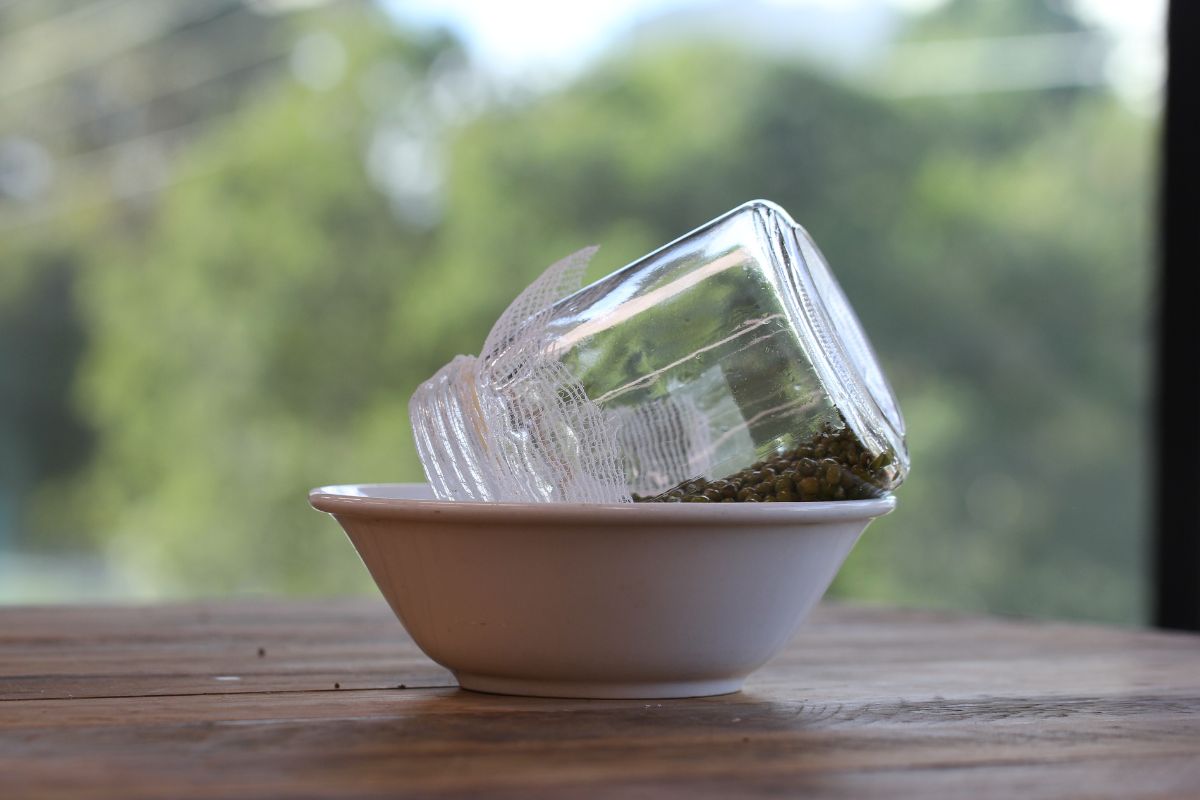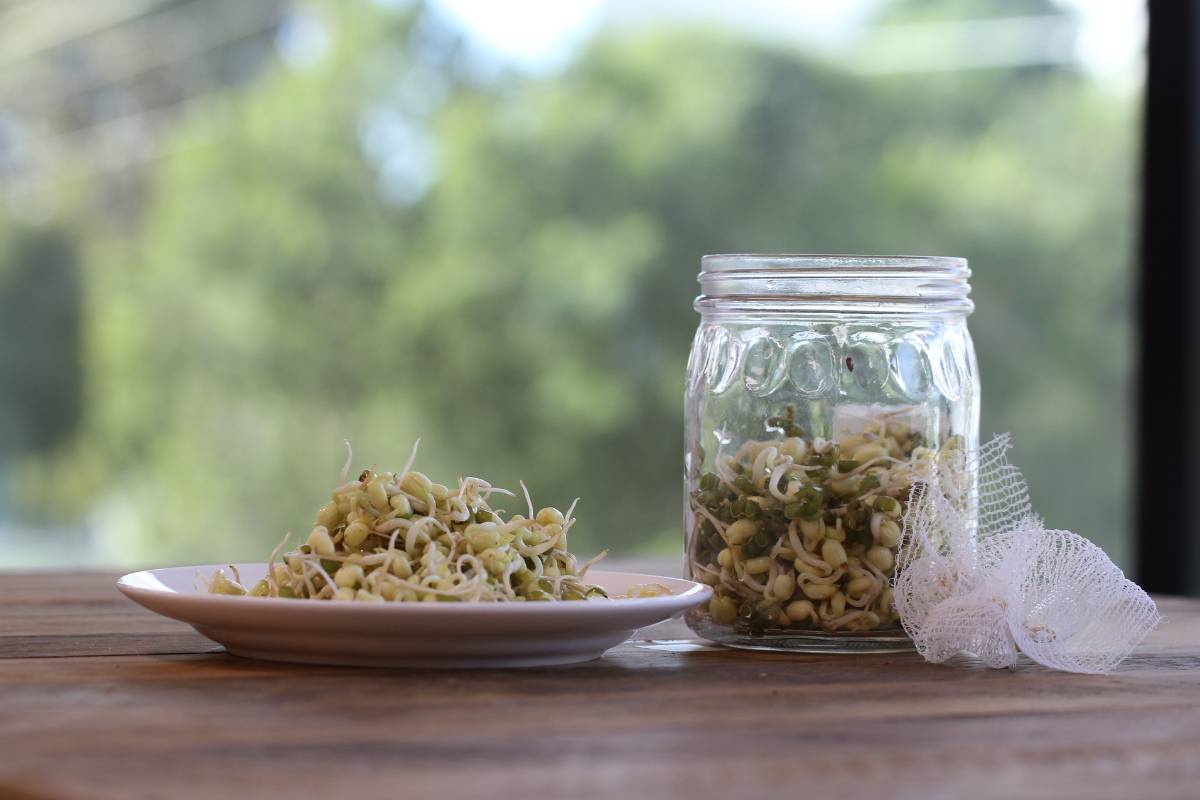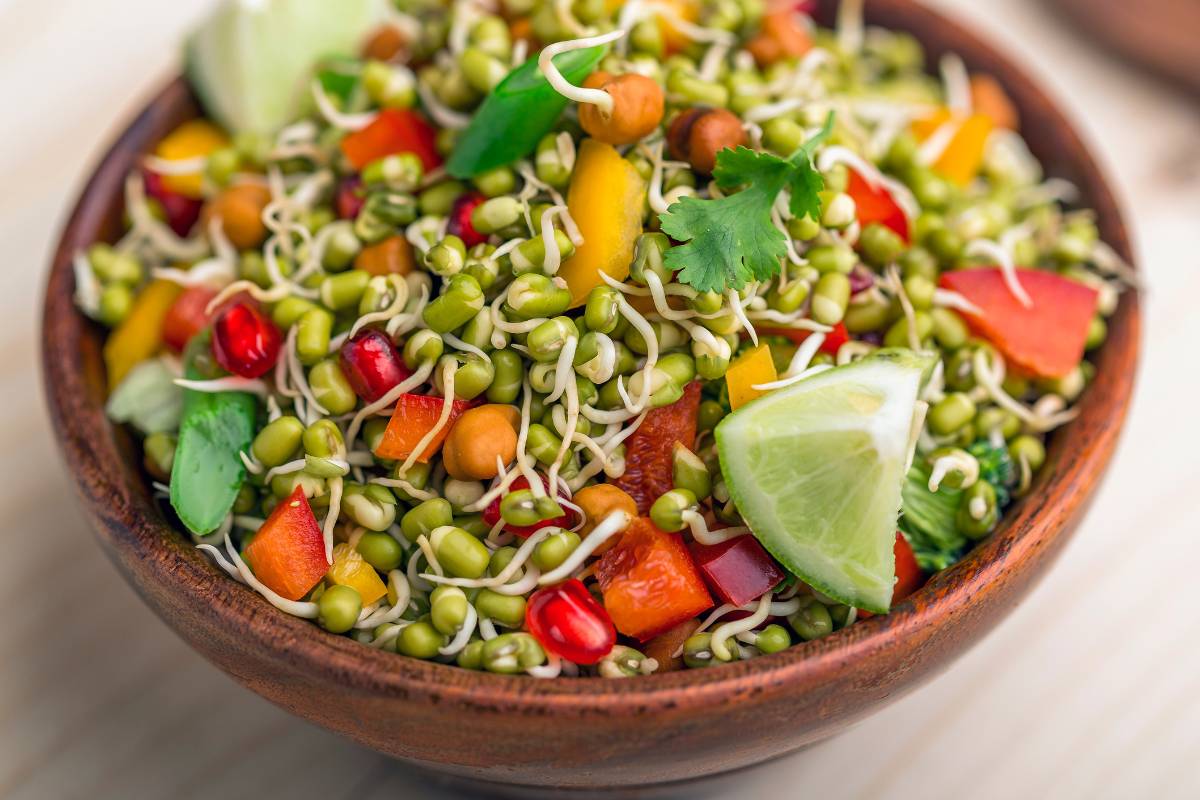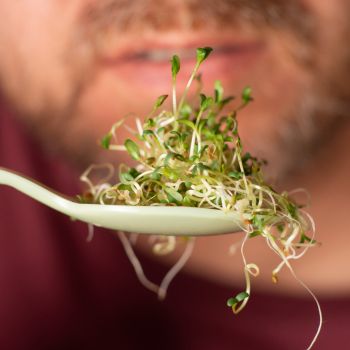Dedicated vegetable gardeners often find themselves fully occupied cultivating traditional crops. However, there's a lesser-known ally in the gardening world that can add variety to your gardening experience: sprouts. These tiny powerhouses of nutrition and flavour bring your gardening efforts indoors, right to your kitchen bench.
All-Season Indoor Gardening
Sprouts are a quick crop that can be grown at any time of year. In the depths of winter or the peak of a scorching summer, a jar of sprouts on the kitchen bench can scratch your gardening itch without you having to set foot outside. Sprouts thrive regardless of the season and the seeds’ germination and rapid growth is just as satisfying as raising seeds in soil - perhaps more so, as you can monitor and observe the process close-up.
Bridging the Hungry Gap
When vegetable beds are full of developing crops and the first harvest of summer seems distant, sprouts are a good way to fill the ‘hungry gap’. Those weeks between the end of winter and the the first harvest of summer vegetables can leave your meals lacking in freshness. Enter sprouts, ready to add life to your culinary creations with their vibrant textures and delectable flavours.
For gardeners in tropical or arid climates, the 'hungry gap' may occur in the warmest times of the year, when the wet season, heat, or a lack of water or shade makes gardening a challenge and producing a continuous harvest unrealistic.
A Kaleidoscope of Flavours
When many people think of sprouts their first thoughts go to mild flavoured mung bean or alfalfa sprouts, which offer texture more than taste. But the variety of sprouting seeds on offer means there’s a world of flavours to explore, from earthy and nutty to aromatic and spicy.
These tiny wonders often mimic the taste of their fully grown counterparts, sometimes with more intense flavours than the mature plants. Fenugreek sprouts, for instance, bring a punchy curry note, while mustard sprouts contribute a hearty peppery kick. Notably, onion sprouts - perhaps not surprisingly - have an unmistakable oniony flavour, while being much easier and quicker to cultivate than traditional bulbing onions.
Protein Plus
Sprouts aren't just about adding taste and texture; they also pack a nutritional punch. Many sprouts are good sources of complete proteins and are therefore of particular value those following vegetarian and vegan diets. Fenugreek sprouts boast around 23% protein content, chickpea sprouts at an impressive 20% and lentil, peas and rye between 7% and 9%.
Furthermore, sprouts are rich in vitamins A and C, plus an array of essential micronutrients. Sprouts' nutritional value is underscored by the role they played on the ships of colonial explorers. Captain James Cook is well known for including lemon and lime juice into his crew’s diets to prevent scurvy, but did you know he also grew sprouts aboard his ship for the same reason?
Sprouting Resources
If you’d like to give growing sprouts a go, here are some instructions and further information to get you started:
- How to Grow Sprouting Seeds: our comprehensive grow guide for sprouting seeds.
- How to Grow Sprouts - the Quickest, Easiest Way to Put Home-Grown Food On Your Plate: a clear, step-by-step guide on how to start sprouting at home.
- Sprouts: Tasty, Healthy, and Fun to Grow All Year Round: Nine of the most popular and versatile seeds to sprout.
Sprouts, with their versatility, quick growing time and nutritional value, represent an excellent complement to vegetable crops. Why not add sprouts to your list of crops to grow this season?
